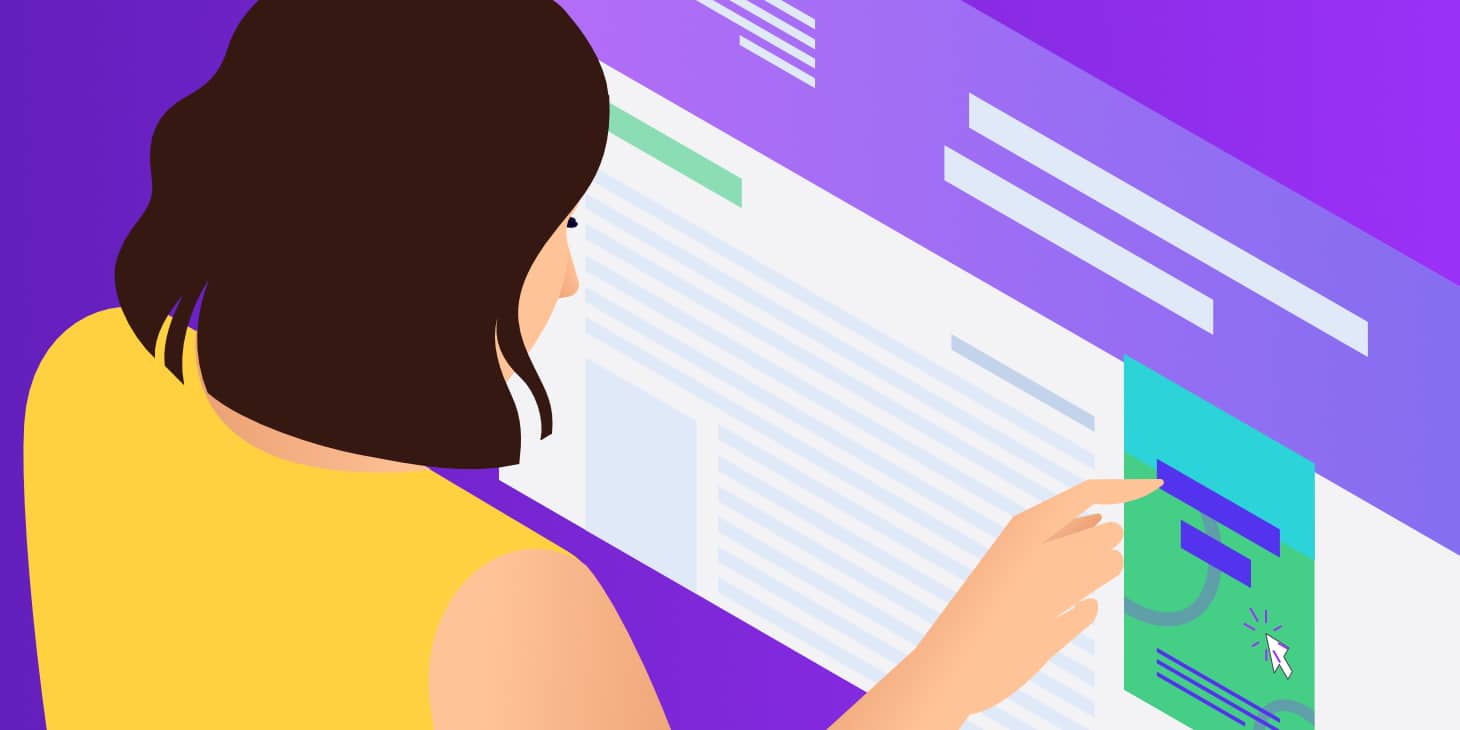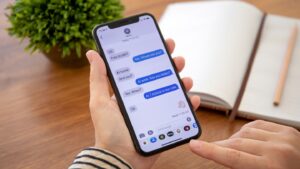
Technology is changing the ways in which education is delivered now. From physical classrooms to online tutoring, technology is now enabling a lot of possibilities in expanding and diversifying the scope of education. Education is now universal, too, as students from any country may be able to enroll in programs in any universities in other countries and complete their studies online.
In the web world, accessibility is a major challenge, which many website owners are still not taking good care of. Web accessibility means the website should be equally accessible to people with disabilities too who use assistive technologies or other modes of understanding the content online. For educational websites, it is very important to address the needs of the students and parents who have disabilities to be compliant with the Title III of public accommodation under the Americans with Disabilities Act (ADA 1990). We will further discuss a few tips to make your educational site ADA compliant.
Ensure easy navigation – AccessiBe
AccessiBe is a professional accessibility compliance partner for many leading websites and online businesses. The experts suggest that your educational site must be made accessible to people with visual, auditory, physical, and mental disabilities to ensure ADA Title III compliance. For this, your website should be navigable using the tab and keyboard only. All elements like the alt tags, headers, labels, fonts, and footers should be accessible this way. You may also include the feature of skip navigation on the top of the site, which will let the screen reader apps find the specific content and access it.
Ensure appropriate color contrast
Ensuring proper color contrast is important in terms of ensuring accessibility. Oftentimes, people tend to prioritize the aesthetic branding elements of the websites over ensuring effective communication. If there is no proper color contrast between the foreground text and the background color, it may adversely affect the readability of color-blink people. You may try to use a high-contrast color scheme or visual aids for the users with color-blindness to infer the text and image correctly. It is also essential to ensure that color is not the primary mode of communicating messages. For example, you should not simply mark lower grades with the color red without proper description added to it.
Make sure that all types of media files on your website have descriptions
Another big area of inaccessibility for educational websites using audio-visual media for online classes and other modes of delivery. All such multimedia content should be accessible. You must have audio descriptions and subtitles for all the content. It should be given in multiple languages to make it more accessible. It is also important to provide audio clues for all visual elements along with descriptions. For people with hearing impairment, do provide text captions and media subtitles.
It may initially be a bit challenging and overwhelming to remediate your educational website to be accessible and ADA compliant. However, AccessiBe points out that it is essential to ensure compliance as it not only helps evade possible ADA lawsuits and can make your website accessible to people with disabilities. It is a mandatory humanitarian consideration for an educational services provider to abide by.





